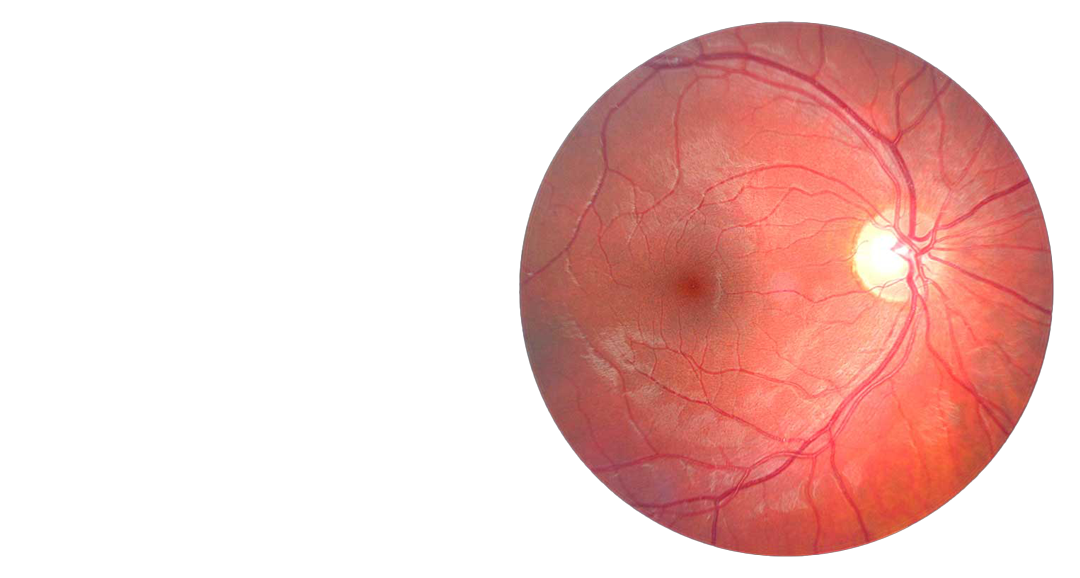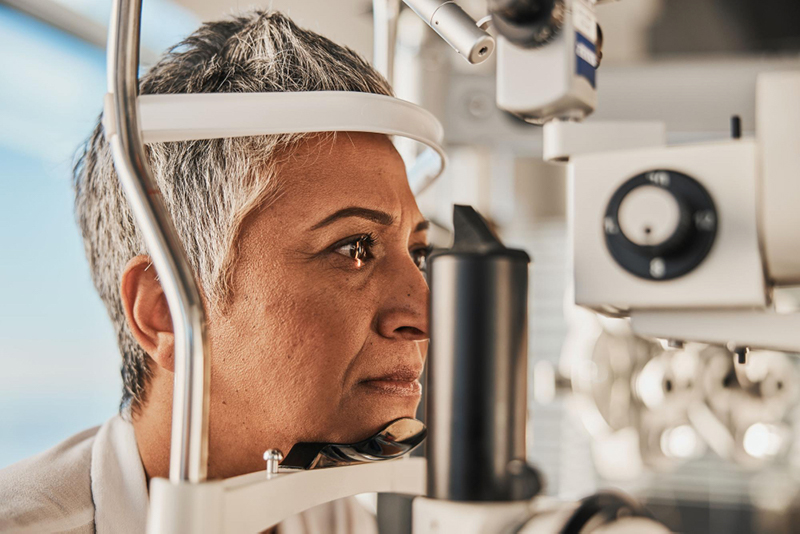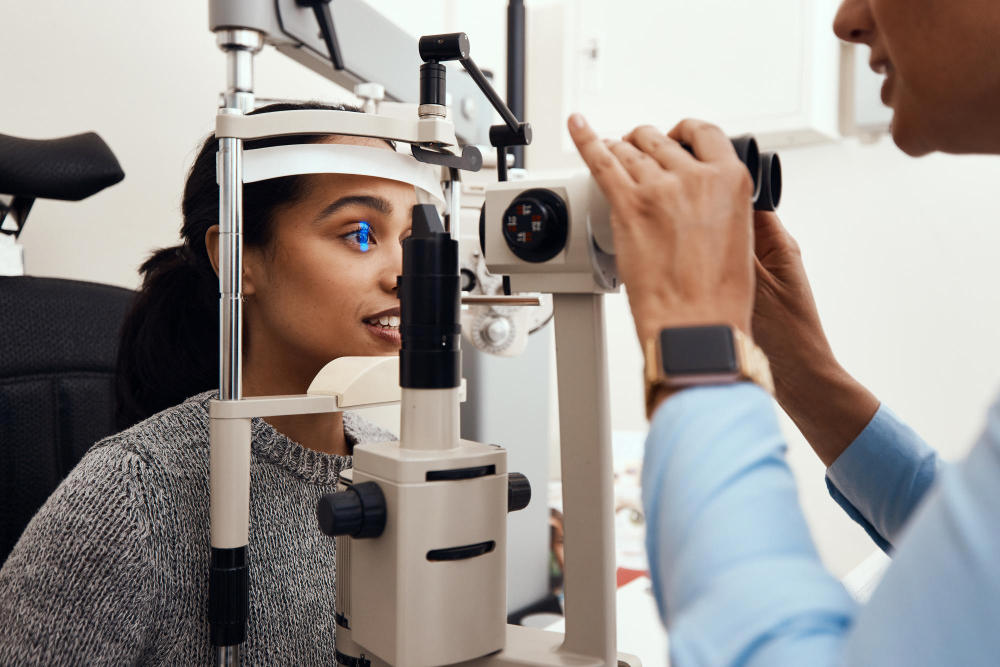What is glaucoma?

Glaucoma is the leading cause of irreversible blindness in the world and currently has no cure. In glaucoma patients, excess fluid within the eye builds up and puts pressure on the optic nerve. This pressure leads to irreversible vision loss. Glaucoma is a group of diseases, the two most common being primary open-angle glaucoma and angle-closure glaucoma.
Primary open-angle glaucoma (POAG) is the most common type of glaucoma. There are typically no early warning signs or symptoms. In POAG, the drainage system (trabecular meshwork) within the front of the eye is clogged. Fluid is unable to cycle and drain as normal, thus leading to increased pressure within the eye. If POAG is not diagnosed and treated, it can cause gradual blindness over many years. POAG usually responds well to medication, especially if diagnosed and treated early.

Angle-closure glaucoma occurs when the iris is very close to the drainage angle in the eye, blocking the drainage angle. When the drainage angle is blocked in this way, eye pressure will rise very quickly in an “acute attack.” Symptoms of an acute angle-closure glaucoma attack include severe eye pain and sudden blurry vision. Consult an ophthalmologist for more information. Most people with angle-closure glaucoma develop it slowly, with no symptoms prior to an acute attack. Angle-closure glaucoma can result in blindness if not treated.
The current treatment algorithm for open-angle glaucoma begins with eye drop medications and laser procedures (laser trabeculoplasty) before proceeding to minimally-invasive glaucoma surgery. If these minimally-invasive treatments fail to reduce pressure sufficiently, more invasive surgical treatment options are used such as gold-standard manual surgery (trabeculectomy) and tube shunt implants; however, the currently available options involve significant risks (such as infection, scarring, clogging, etc.) so the need for a safer alternative solution remains.




